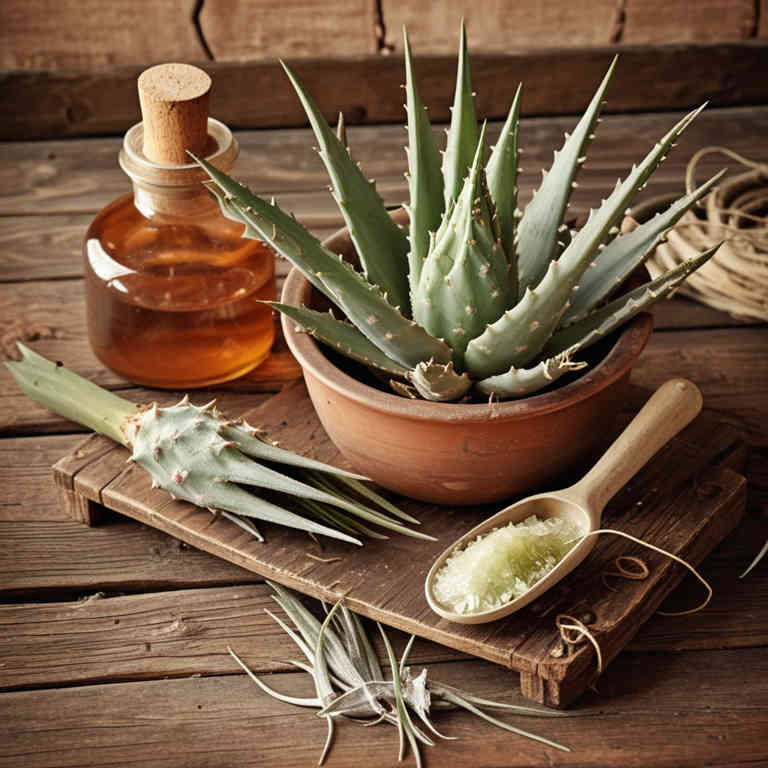Aloe barbadensis mucillage for medicinal use

Aloe barbadensis mucillage is a viscous, gel-like substance derived from the inner leaves of the Aloe vera plant.
It is rich in polysaccharides, enzymes, and antioxidants, making it highly valued in herbal medicine. This preparation is commonly used topically to soothe skin irritations, promote wound healing, and reduce inflammation. It may also be taken internally in small amounts to support digestive health and immune function.
In herbalism, it is often recommended for its soothing and healing properties.
Uses
Aloe barbadensis mucillage has been used to treat a variety of ailments for thousands of years, with its origins tracing back to ancient Egypt, where it was revered as the "plant of immortality.".
Traditionally, it was used to soothe skin irritations, heal wounds, and alleviate digestive issues, often applied topically or consumed as a remedy. In modern times, the mucilage has gained popularity for its potential anti-inflammatory and soothing properties, particularly in skincare and as a natural remedy for digestive discomfort. It is also used in commercial products for its ability to form a protective barrier on the skin and mucous membranes.
Today, scientific research continues to explore its efficacy in supporting gut health and skin recovery.
Benefits
Aloe barbadensis mucillage has health benefits such as promoting skin healing, reducing inflammation, and supporting digestive health.
It contains polysaccharides that may enhance immune function and aid in the repair of damaged tissues. The mucilage also has mild laxative properties, which can help alleviate constipation. Additionally, it is known for its soothing effects on the skin, making it useful in treating burns and skin irritations.
Overall, this herbal preparation is valued for its natural therapeutic properties and potential to support overall wellness.
Constituents
Aloe barbadensis mucillage active constituents include polysaccharides, enzymes, anthraquinones, and amino acids.
These components contribute to its therapeutic properties, such as anti-inflammatory, antimicrobial, and wound-healing effects. Polysaccharides are known to support immune function and cellular repair. Enzymes like bradykinase help reduce inflammation and pain.
Anthraquinones may have laxative and detoxifying properties, while amino acids support overall tissue health.
Preparation
To make Aloe barbadensis mucillage, begin by selecting a mature Aloe vera leaf, washing it thoroughly, and cutting it lengthwise.
Next, carefully scrape out the gel from the leaf, ensuring you remove the yellow sap to avoid bitterness. Place the gel in a blender or food processor and puree it until smooth. Strain the mixture through a fine mesh sieve or cheesecloth to separate the mucilage from the pulp.
Finally, allow the liquid to settle and collect the clear, viscous mucilage at the bottom, which can then be stored in a sealed container for future use.
Side Effects
Aloe barbadensis mucillage may lead to gastrointestinal discomfort, including diarrhea and stomach cramps, due to its laxative properties.
It can also cause electrolyte imbalances, which may result in dehydration and muscle weakness. Long-term use may lead to dependency on the laxative effects, reducing the body's natural ability to regulate bowel movements. In some cases, it may irritate the digestive tract, causing nausea or vomiting.
Additionally, there is limited research on its safety during pregnancy and breastfeeding, so caution is advised in these populations.